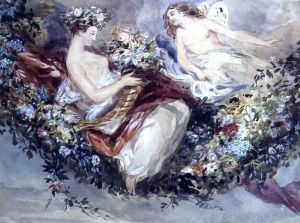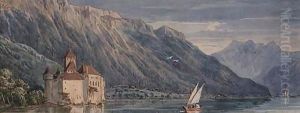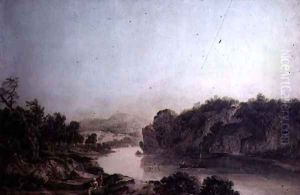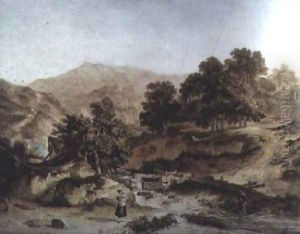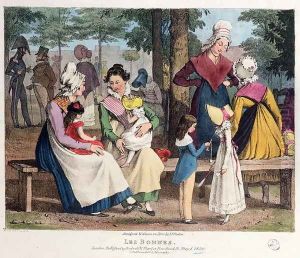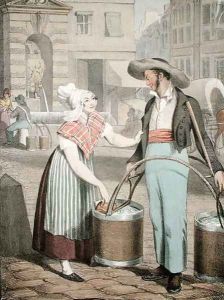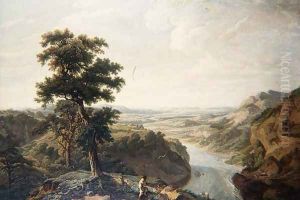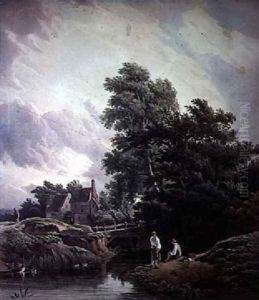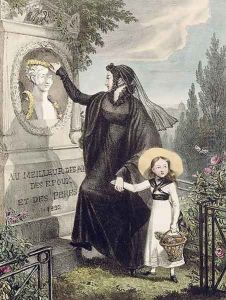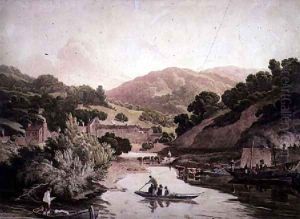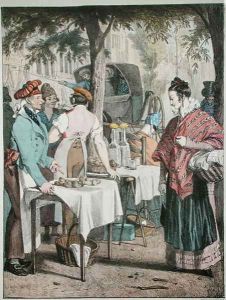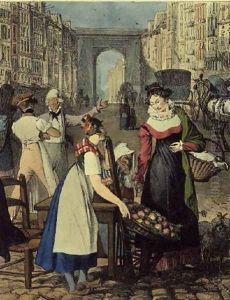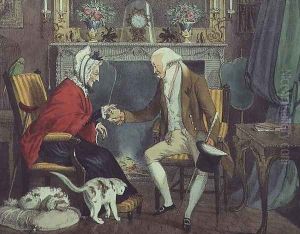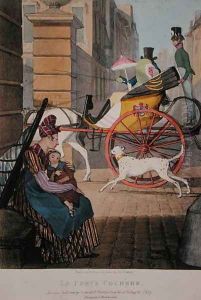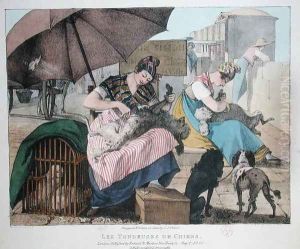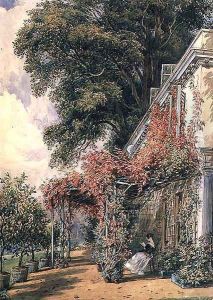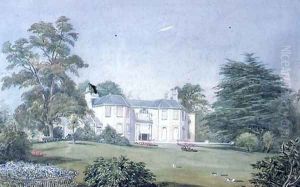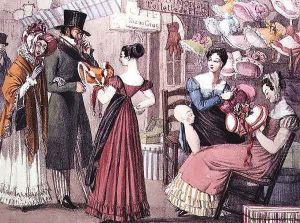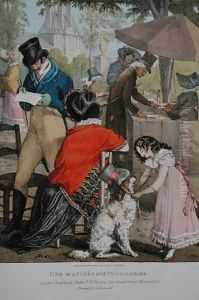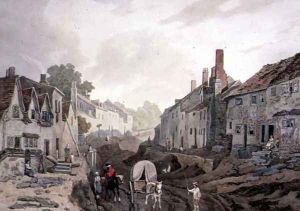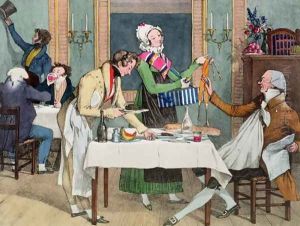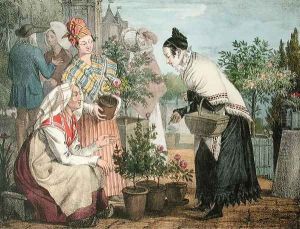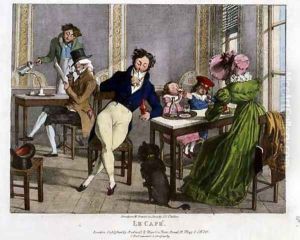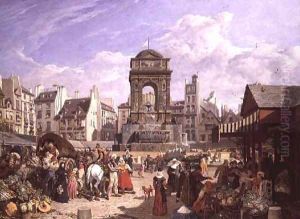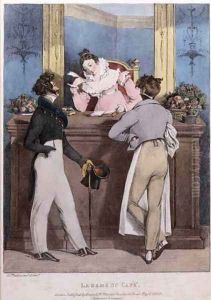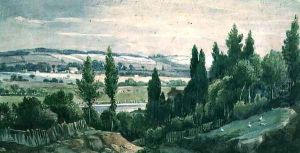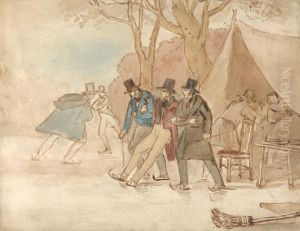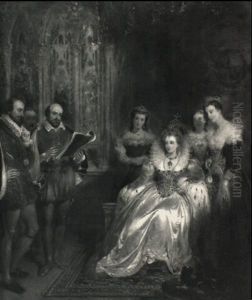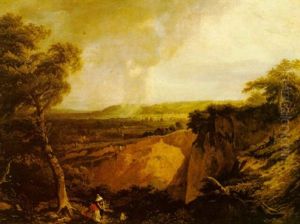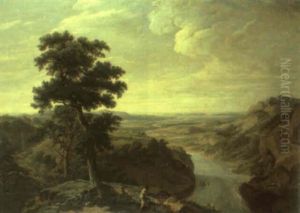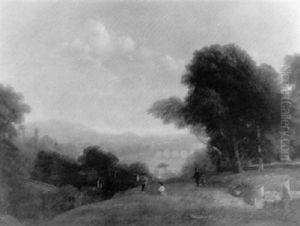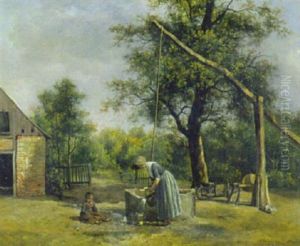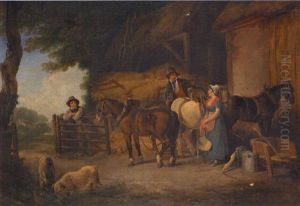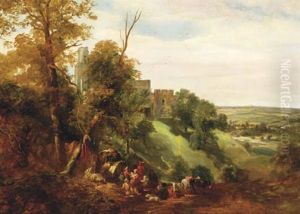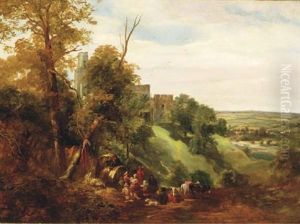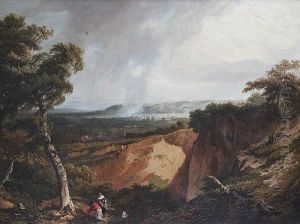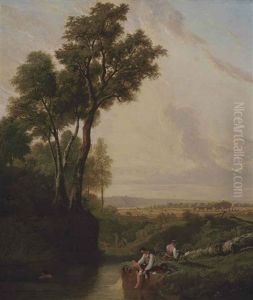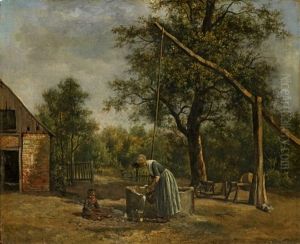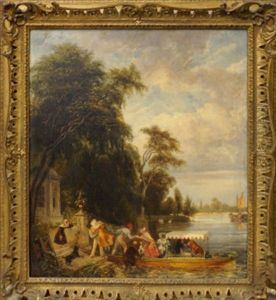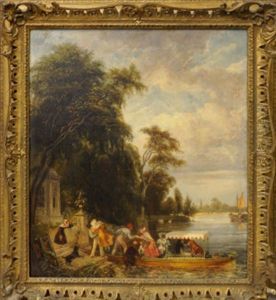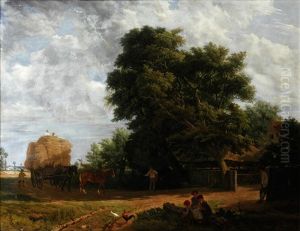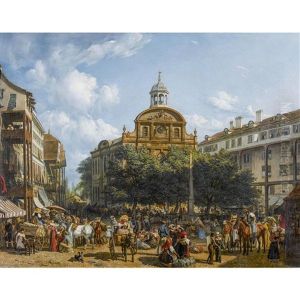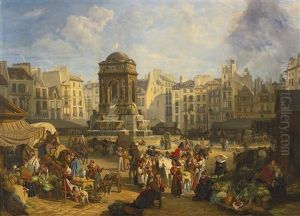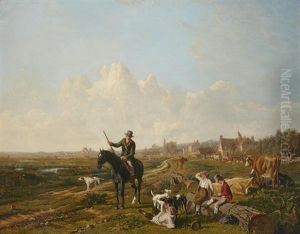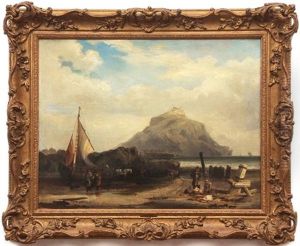John James Chalon Paintings
John James Chalon was a Swiss-born British artist known for his genre paintings, landscapes, and portraits. Born on March 27, 1778, in Geneva, Switzerland, Chalon moved to England with his family at a young age. He was part of a family of artists, with his older brother Alfred Edward Chalon also gaining recognition in the art world.
John James Chalon gained his education in the arts at the Royal Academy Schools in London, where he first exhibited his work in 1796. Throughout his career, he became known for his detailed and vibrant watercolors and was associated with the early 19th-century Romantic movement in England. His works often depicted social scenes, everyday life, and the British countryside, capturing the essence of the era with a particular focus on the effects of light and atmosphere.
Chalon was a member of the Old Water-Colour Society, which later became the Royal Watercolour Society, and he frequently exhibited his works there. In 1827, he was elected an Associate of the Royal Academy (ARA), a testament to his skill and the respect he garnered among his peers.
Despite his talent and the quality of his works, Chalon did not achieve the same level of fame as some of his contemporaries, and his work was sometimes overshadowed by that of his brother, Alfred. However, his contributions to British art during the Romantic period have been appreciated by art historians, and his paintings are part of collections in various institutions, including the Tate Gallery and the Victoria and Albert Museum in London.
John James Chalon continued to paint until his later years, maintaining an active role in the British art scene. He passed away on November 14, 1854, in Kensington, London, leaving behind a body of work that continues to be studied and admired for its historical and artistic value.
